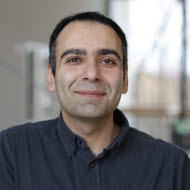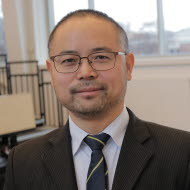Molecularly designed cellulose materials for triboelectric applications
The electrically insulating properties of cellulose are already used in transformers today. The same properties can also be used in a new invention: the triboelectric nanogenerator (TENG). In a TENG, small movements are converted into electricity that can power sensors and other electronics.
In a TENG, very small movements can be converted into electrical energy. Static electric charging that occurs during friction between dielectric materials due to charge separation, produces a stream of electrons that equalizes the potential differences when the materials are connected to form a circuit. Mechanical energy in the form of vibrations can in this way be converted into electricity and used to power sensors, for example. Even battery-less pacemakers have been successfully constructed.
We have discovered that film-like materials from dissolved cellulose have very interesting triboelectric properties. When cellulose is dissolved and regenerated, a cellulose allomorph (cellulose II) is obtained, which properties can be physicochemically controlled and varied. Cellulose can also be chemically modified rather easily to further optimize its properties. Dissolution of cellulose can be a challenging and limiting step due to cellulose's complex network, partially crystalline structure and strong interactions between the polymer chains. Strengthened by our previous research in the field, we see great opportunities to be able to create a deeper understanding of what regulates the effectiveness of cellulose-based TENG materials. This is an exciting and new area of research that could lead to a revolution in sustainable energy supply and battery-less, self-electrified electrical systems.
Facts
Project period
230101—271231
Research centers
Subjects
Research groups
Project leader

Project members




